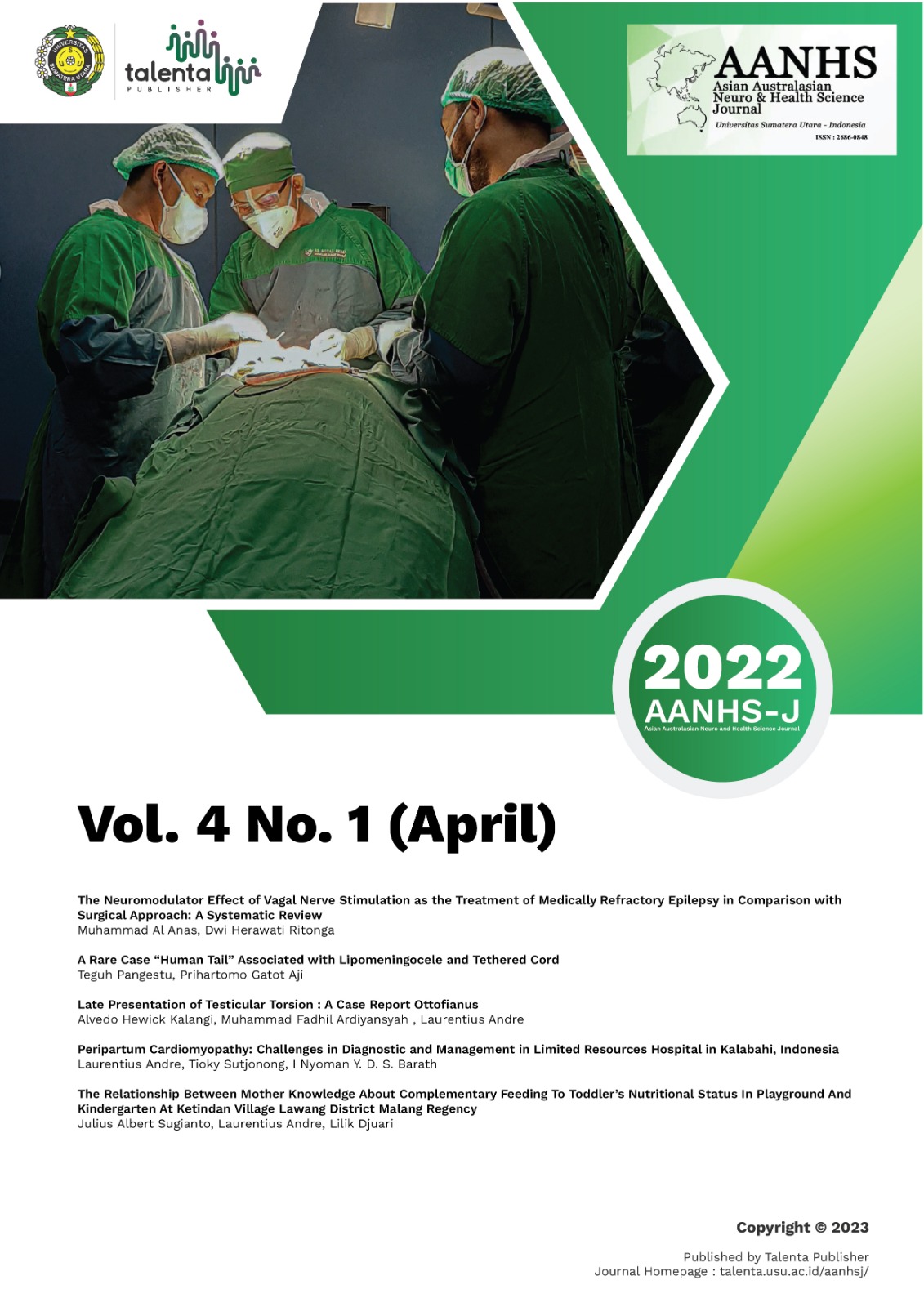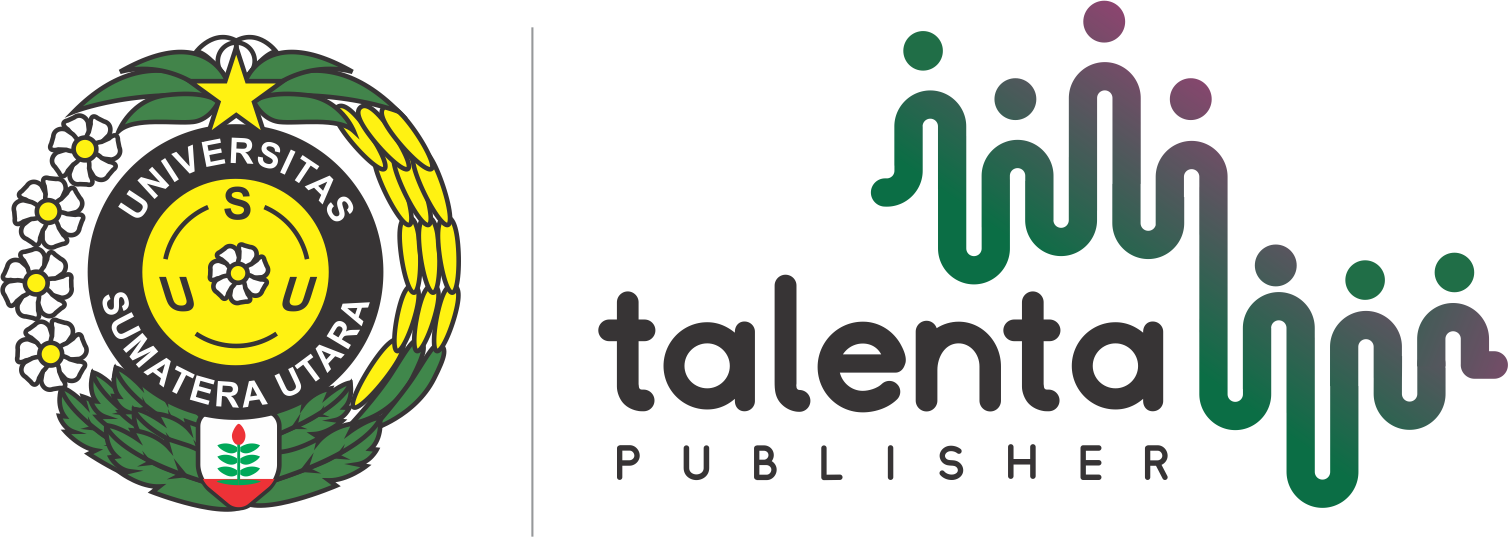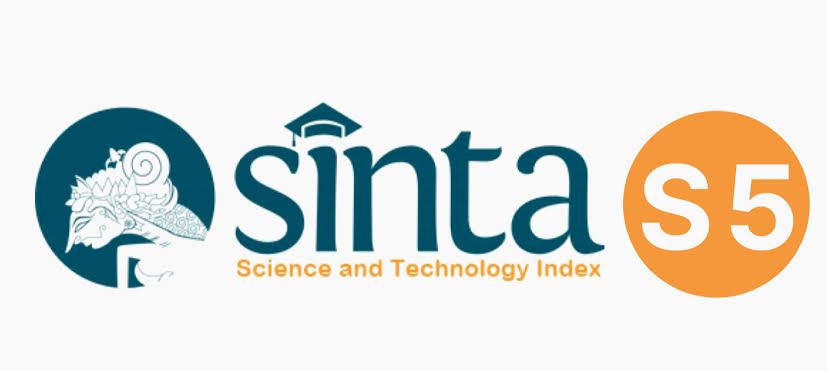Late Presentation of Testicular Torsion : A Case Report
DOI:
https://doi.org/10.32734/aanhsj.v4i1.8484Abstract
Introduction: Testicular torsion is a twisting of the spermatic cord, which results in impaired blood flow to the testicle. This urological emergency occurs 3.8 per 100,000 males annually, most often observed younger than 18 years. The left testis is more frequently involved. Bilateral cases report for 2% of all torsions. We describe a male with a late presentation of more than 24 hours of acute testicular pain. Patients hesitate to seek advice from doctors for testicular pain because of unawareness.
Case Reports: A 16-year-old man arrived at the Emergency Room with more than 24 hours history of sudden severe left testicular pain after taking up two gas cylinders, but he was not aware. After more than 24 hours, he came to the emergency room with worsening testicular pain. The physical examination found tender, slightly swollen, and high-riding left testes. Phren test and cremaster reflex were negative on the left testes. TWIST score of the patient was 7 (high risk for testicular torsion). We made quick order for ultrasound, which shows left testicular torsion. Emergency exploration of testes was done, found the necrotic left testes with rotation more than three times. After complete derotation of the cord, the testes were still necrotic, and we decided to do left side orchidectomy after enough observation.
Conclusion: Late presentation to the hospital is one of the causes of delay in treatment and mostly leads to orchidectomy in testicular torsion. Every case of testicular pain should be treated as testicular torsion until proven otherwise.
Keyword: Emergency, Late presentation, Orchidectomy, Testicular torsion.
Downloads
Downloads
Published
How to Cite
Issue
Section
License
Copyright (c) 2022 Asian Australasian Neuro and Health Science Journal (AANHS-J)

This work is licensed under a Creative Commons Attribution-NonCommercial-NoDerivatives 4.0 International License.
The Authors submitting a manuscript do understand that if the manuscript was accepted for publication, the copyright of the article shall be assigned to AANHS Journal.
The copyright encompasses exclusive rights to reproduce and deliver the article in all forms and media. The reproduction of any part of this journal, its storage in databases and its transmission by any form or media will be allowed only with a written permission from Asian Australasian Neuro and Health Science Journal (AANHSJ).
The Copyright Transfer Form can be downloaded here.
The Copyright form should be signed originally and sent to the Editorial Office in the form of original mail or scanned document.














